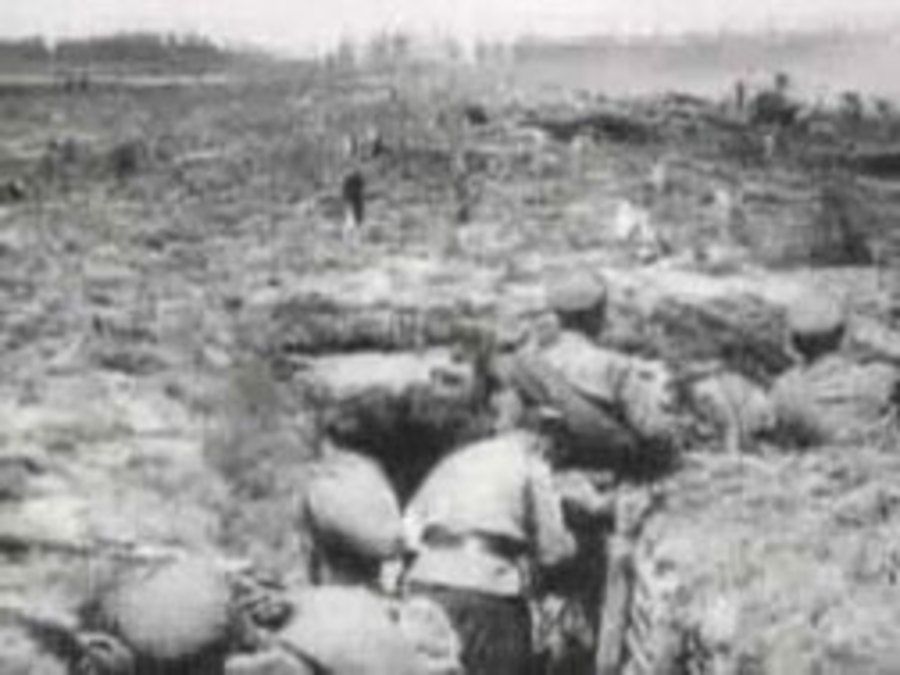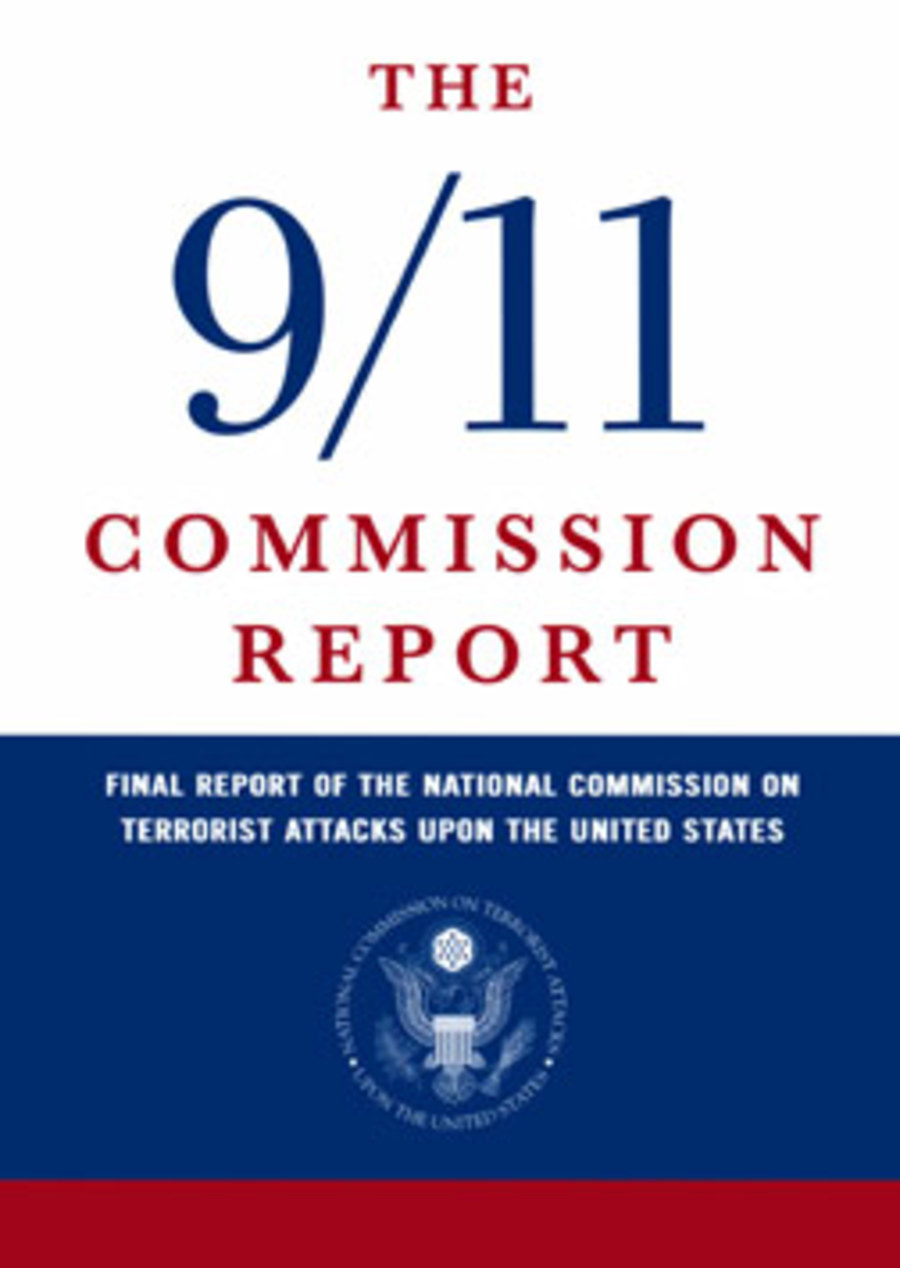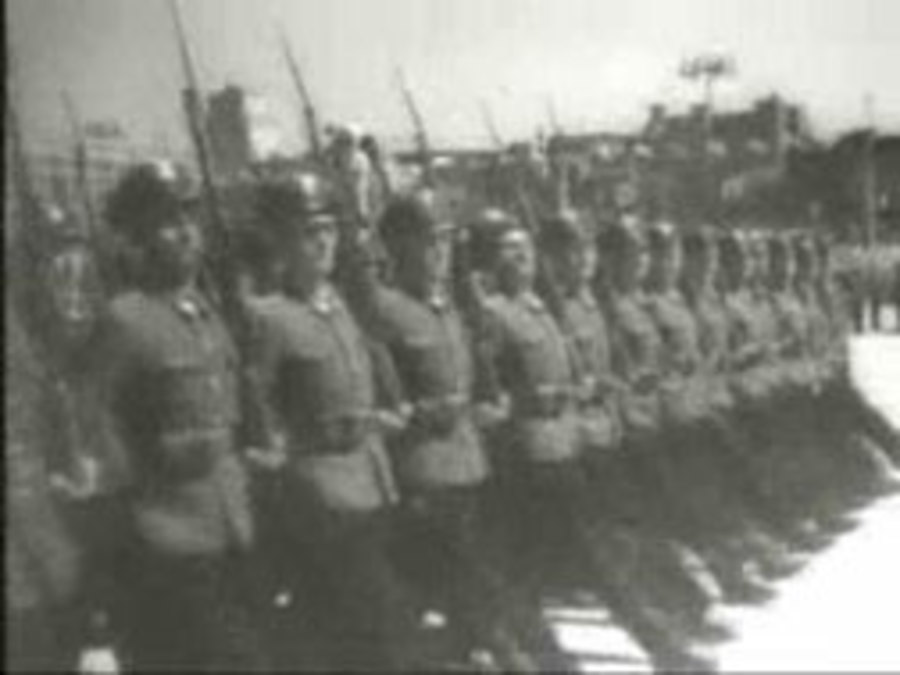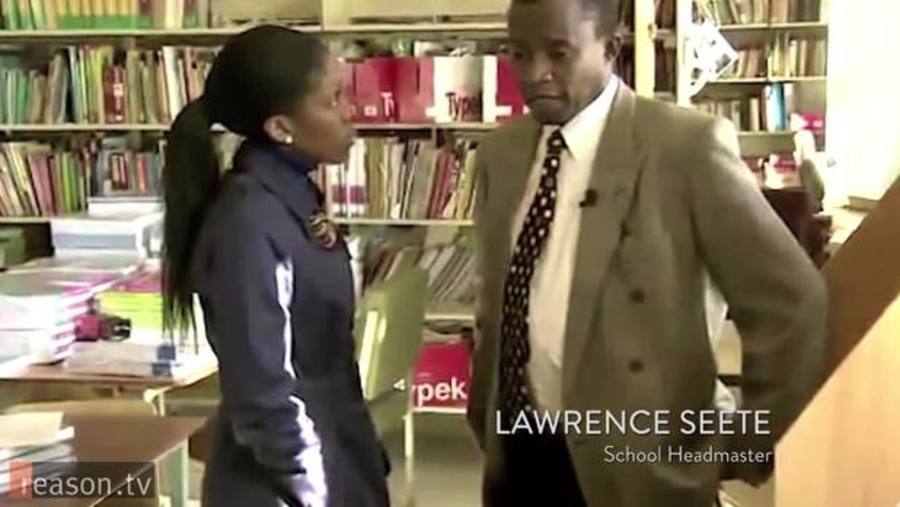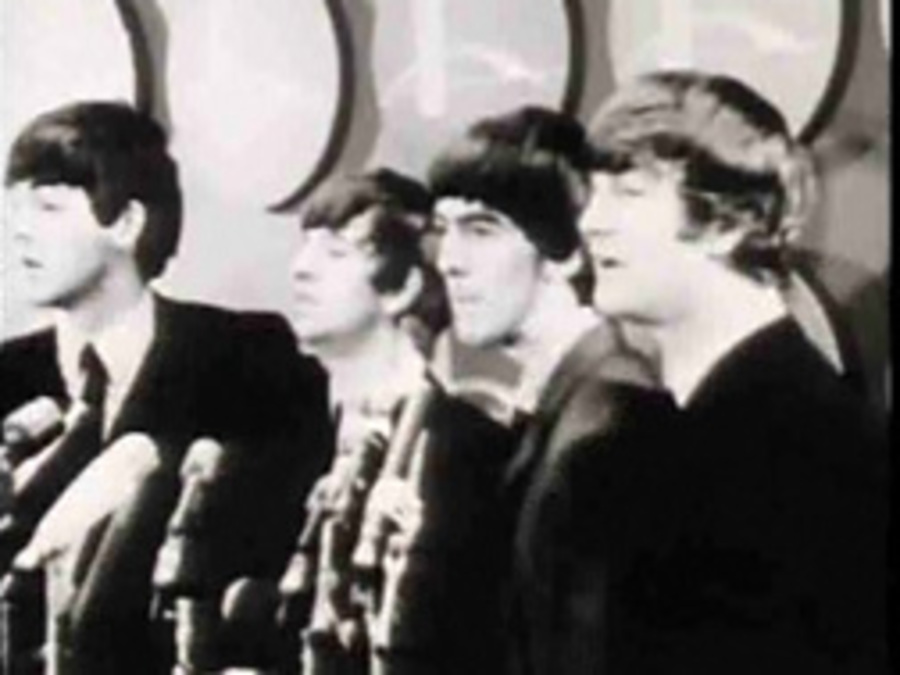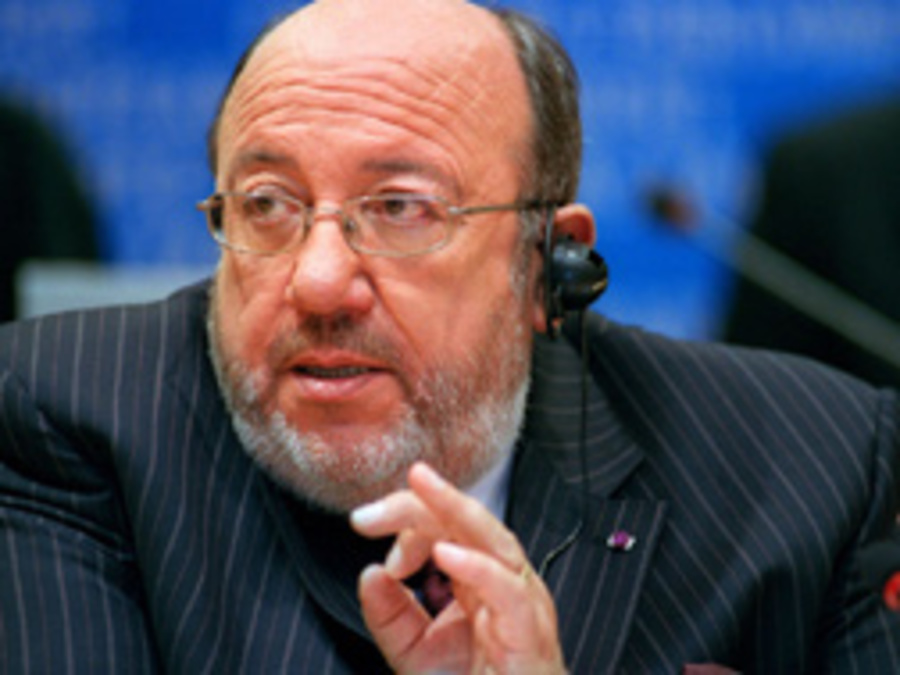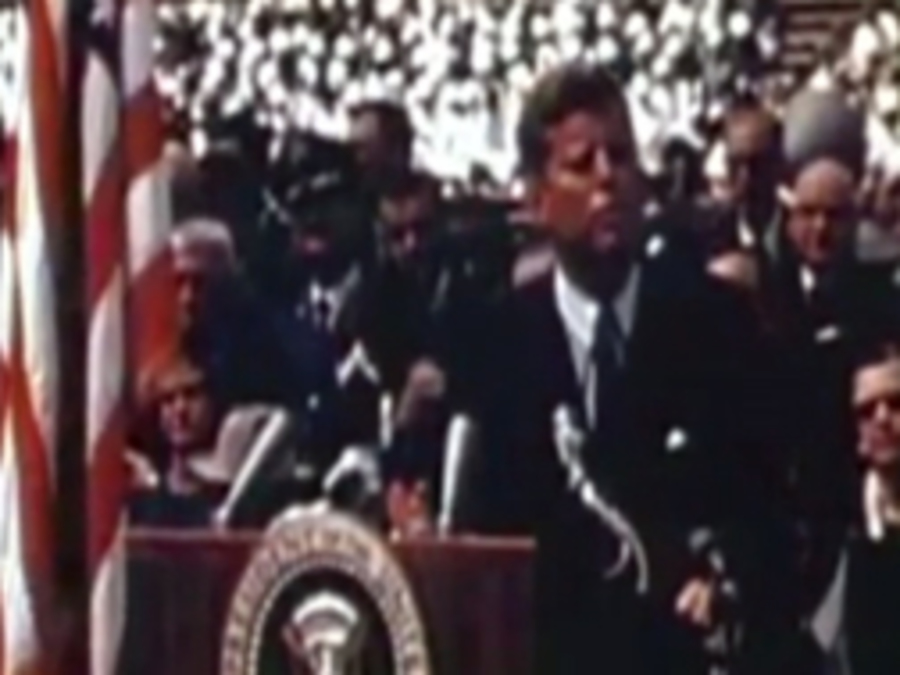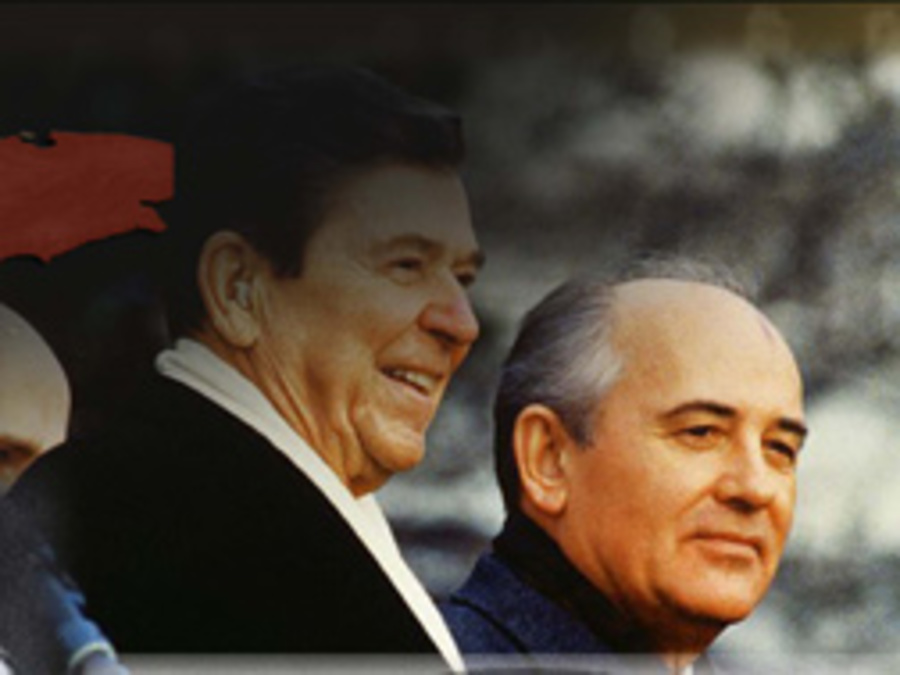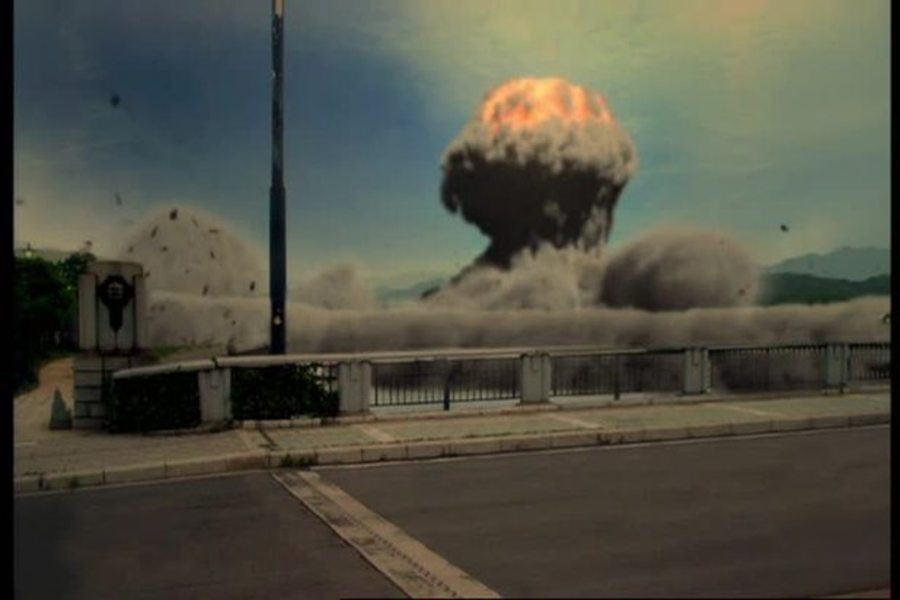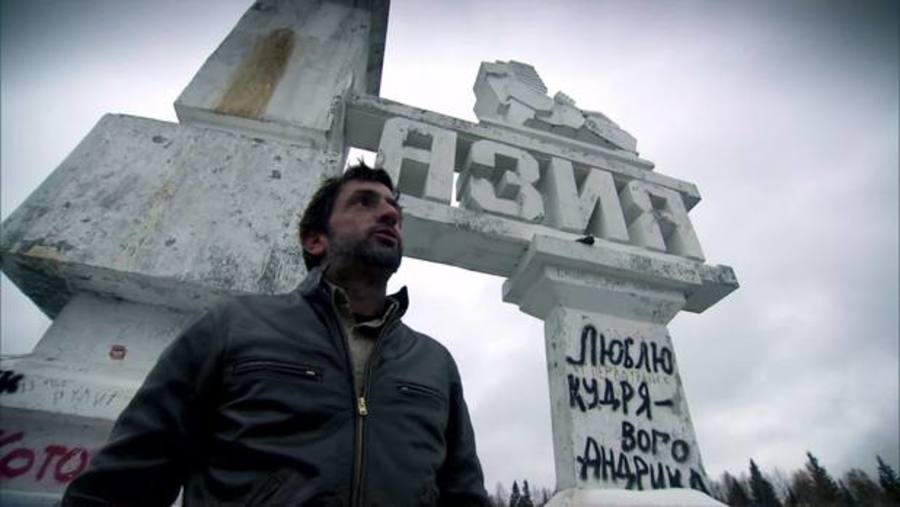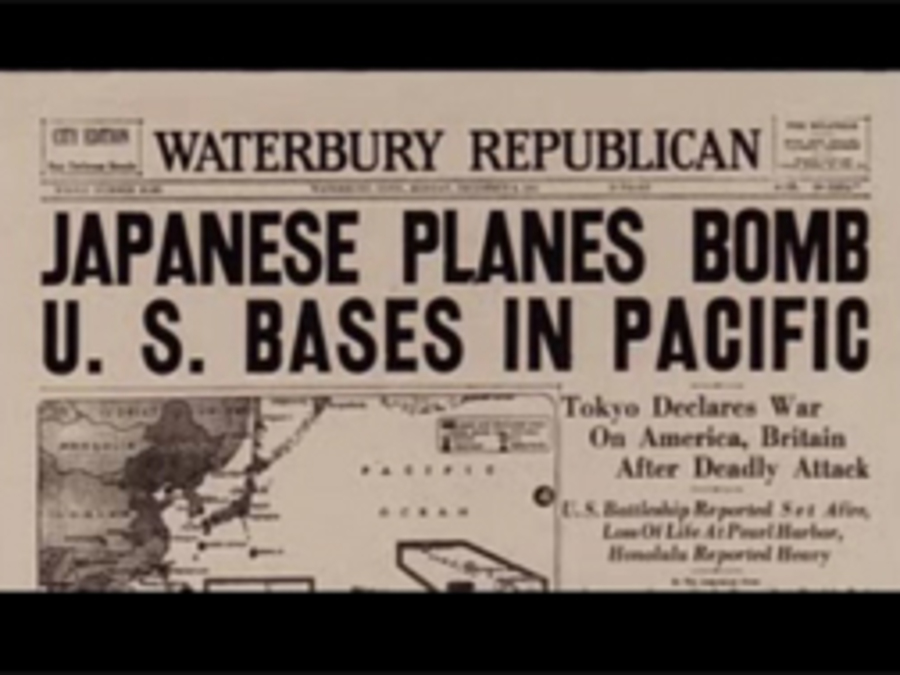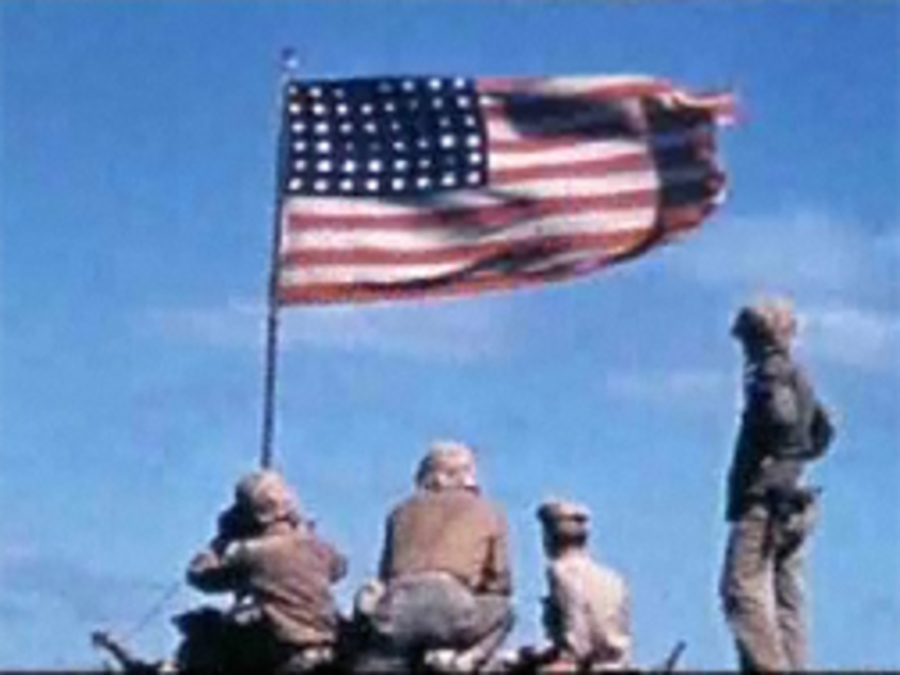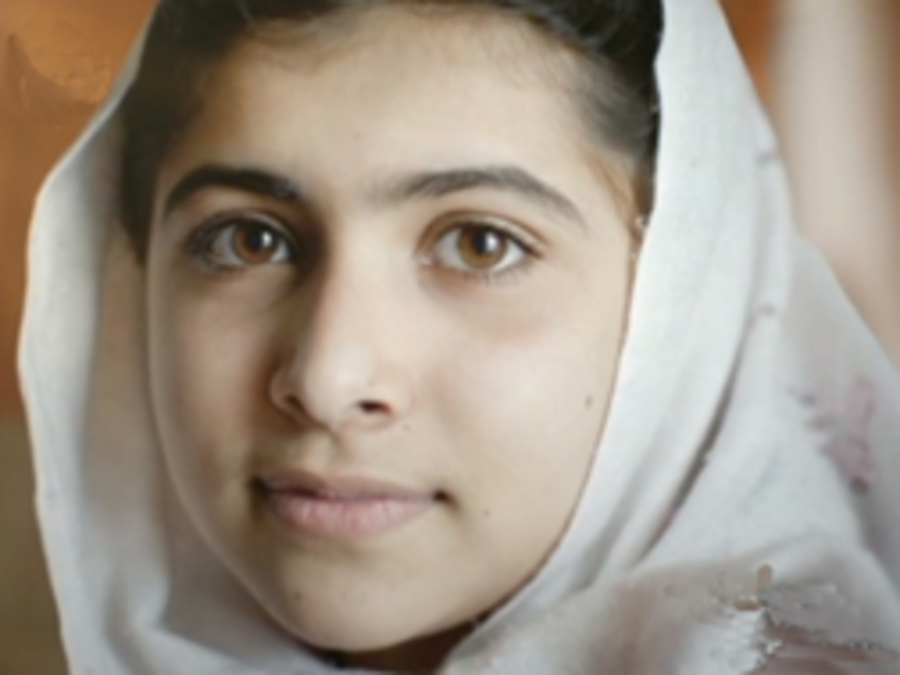 Try these videos to get started. Must be on campus or login with your COM account for off campus access.
Try these videos to get started. Must be on campus or login with your COM account for off campus access.
Want more on finding media? Try Articles & Media.
-
Age of Extremes (58:47)
Starting at Munich’s beer halls, we learn about Hitler’s first revolt at the Munich Putsch. In the back streets of Manhattan, nurse Margaret Sanger works with American heiress Katherine McCormick in a plan to smuggle contraceptives into America from Europe. At the Babi Yar concentration camp outside Kiev, we find out about the brutal mass murder of the Jews by the Nazis across Europe. The episode also travels to Hiroshima in Japan, the site of the world’s first atomic bomb by Oppenheimer, thought to end all wars. In China, we learn about how new thinking came in Mao’s Cultural Revolution, in trying to create a communist utopia. We visit New York to trace the story of man versus machine, Gary Kasparov against IBM’s Deep Blue, in a chess game that gripped the world. The series ends with the Ayoreo tribe in the Chaco region of South America, a tribe who had only recently made their first contact with the outside world.
-
Between the Wars: The Economic Seeds of World War II (25:12)
World War I altered the economic landscape of Europe and inadvertently contributed to World War II. In this program, we see how the interruption of American economic aid following the 1929 stock market crash caused havoc in the post-war European economy. The Treaty of Versailles, Germany’s inability to repay its war debt, and its chronic inflation problems are discussed. Germany’s problem with inflation is related to the rise of Fascism, to leaders including Hitler, Mussolini, and Franco, and to the infamous Munich Agreement.
-
Bill Moyers Journal: 9/11 - For the Record (58:00)
A critical question continues to haunt America’s national psyche: how could the most powerful nation on earth have been so utterly unprepared to protect its homeland from the September 11 hijackers? First broadcast in 2004, this program offers a special one-hour analysis of the 9/11 Commission Report—connecting the dots of what happened that infamous day and studying the warning signs that could have averted the tragedy. The program highlights the agonizing close calls, missteps, and outright failures of two successive administrations and America’s intelligence and security agencies in the months and years leading up to 9/11. A new Bill Moyers essay, reflecting on the nation’s mood in 2007, opens the program.
-
The Demise of Western Communism: Fall of a Giant (25:35)
This program discusses Western democracy’s confrontation with and ultimate defeat of Communism from the end of World War II to the destruction of the Berlin Wall. Events depicted include the Red Army’s invasion of Poland, Hungary, and Czechoslovakia, and the heightening of the Cold War between the U.S. and Russia through the 1950s, ’60s, and ’70s. The destruction of the Berlin Wall is the symbolic beginning of a new era in European history.
-
Life After Liberation—Triumph and Tragedy in South Africa (10:01)
After a decades-long struggle against brutal, state-run racial segregation, the black liberation movement emerged victorious in the early 1990s. Led by the transcendent figure of Nelson Mandela, South Africa swiftly dismantled the apartheid apparatus. Two decades later, Mandela’s promise of renewal has largely gone unfulfilled. This short film details the role played by the African National Congress's political monopoly in South Africa's post-apartheid decline. It considers the danger that ANC failure will lead to the embrace of Julius Malema, a potential Mugabe-like figure. A Reason TV production.
Viewer discretion is advised. This video contains violent images.
-
A Walk Through the 20th Century Series with Bill Moyers (19 Titles)
Countless observers have attempted to make sense of the last century—a time of rampant technological change, wild economic fluctuations, two world wars, two remarkable Roosevelts, and at least two homicidal dictators bent on world domination. Only a few historians and journalists have succeeded in developing a full-fledged portrayal of the period, and no one has woven a tapestry of greater depth and richness than Bill Moyers, the driving force behind this classic 19-part series. Brimming with archival images and footage and derived from exacting research, these programs nevertheless have little to do with the charts and timelines of routine history lessons. Instead, they represent both a shrewd analysis of major events and a poetic chronicle of the century’s human currents. They are Moyers in top form. 19-part series, 52-83 minutes each.
-
Series: Crossroads, Inside the European Union
Europe is undergoing a dramatic metamorphosis. What will the “new” Europe look like? This six-part series presents an incisive portrait of a continent that has become a vibrant tapestry of racial and ethnic identities as well as a political, economic, and cultural pressure cooker. Combining detailed research, on-location filming across the European Union, interviews with policy makers and immigration experts, and reports from inside isolated minority communities, the series reveals many of the challenges facing the EU in the age of globalization. 6-part series, 27 minutes each.
-
Series: Great Speeches
This remarkable 29-part series features some of history’s most influential addresses—and continues to have a profound impact on the study of speech. With this classic archive, students can watch as FDR declares war, Churchill attacks Hitler, Harry Truman announces the bombing of Japan, Lou Gehrig bids farewell to baseball, Martin Luther King Jr. relays his dream, Nixon resigns the presidency, Reagan pleads the Berlin Wall be torn down, and a young Barack Obama ignites a 2004 convention in a speech that would change the course of the country. In their entirety, these speeches breathe life and relevancy into our history and clearly demonstrate the power of speech. Each is accompanied by a biography and analysis of both the event and the speech itself. As Walter Cronkite used to say, “You are there!” 29-part series, 70–160 minutes each.
-
Series: Heaven on Earth, The Rise and Fall of Socialism
It began with simple notions of peace and equality, but it produced a vastly different reality. This three-part series presents the story of socialism, a violent and sweeping saga dominating much of the 20th century. With eye-opening portrayals of the philosophical, political, and military leaders who brought socialism into the world—or eventually presided over its disintegration—each program analyzes a particular phase in the ideology’s development and specific events linked to it. The result is a compelling narrative as well as an excellent foundation for studying how ideas shape human history. 3-part series, 57-58 minutes each.
-
Series: Hiroshima
It was the defining moment of the 20th century—the scientific, technological, military, and political gamble of the world's first atomic attack. This two-part drama-documentary shows what it is like to live through a nuclear explosion, millisecond by millisecond. The action takes viewers into the room where the crucial political decisions are made; on board the Enola Gay on her fateful voyage; inside the bomb as it explodes; and on the streets of Hiroshima when disaster strikes. Parallel storylines interweave, unfolding the action from both U.S. and Japanese perspectives, and revealing the tensions and conflicts in the actions and minds of people who were making history. Special effects recreate the reality of the mission, and archive film replays the horrific aftermath. A BBC Production. 2-part series, 50 minutes each.
-
Series: Russia on Four Wheels
Intrepid journalists Justin Rowlatt and Anita Rani set off across Russia on two massive road-trips across the world's biggest, and one of its most enigmatic, countries. A former superpower and more recently a struggling giant, Russia is looking to assert itself once again on the world stage. With millions of square miles of land, a wealth of natural resources, the largest automobile market in Europe, diverse borders and trading partners aplenty, Russia has the potential to become one of the richest and most dynamic nations on Earth. But 25 years after the fall of the Berlin Wall, how far has Russia left its Cold War past behind? And what direction will the country take? Starting from Sochi, home to the 2014 Winter Olympics, and driving thousands of miles in three weeks—in two very different cars—Justin and Anita aim to find out.
-
Ken Burns' The War Series (WWII, 7 Titles)
In the spring of 1945, as the war in Europe drew to a close, CBS radio correspondent Eric Sevareid told his audience: “Only the soldier really lives the war—the journalist does not.” In that very spirit, The War, a seven-part documentary by renowned filmmaker Ken Burns takes a profoundly personal look at the Second World War and examines the myriad of ways in which it touched the lives of every family in America. Through historic footage and face-to-face interviews, this epic film paints a vivid picture of how the war dramatically altered the lives of ordinary men and women in four American communities: Mobile, Alabama; Sacramento, California; Waterbury, Connecticut; and Luverne, Minnesota. Distributed by PBS Distribution. 7-part series, 78-156 minutes each.
-
Series: World War II in HD
This remarkable ten-part series uses the journals and accounts of those who served in major World War II battles to create a personal, introspective, and detailed look at life on and off the front lines. Culled from rare color films found in a two-year worldwide search and converted to HD with meticulous technique, WWII in HD provides a picture of World War II as it has never been seen before. Distributed by A&E Television Networks. 10-part series, 45-90 minutes each.
-
Unbreakable: One Girl Changing the World-The Story of Malala (37:53)
“They cannot stop me. I will get my education,” declares Malala Yousafzai in this riveting ABC News interview, filmed in the wake of the young activist’s 2013 trip to the United States. Her resoluteness and courage are unmistakable, but as she speaks with reporter Diane Sawyer about her mission and her near-fatal confrontation with the Taliban, Malala’s quite understandable fear and vulnerability also emerge. The conversation—mixed with footage from events in Pakistan’s Swat Valley, Malala’s speech before the United Nations, and interviews with her father and the doctors who saved her life—covers a wide range of topics. From her family and cultural background to her vision of a world in which education is available to all, Malala’s presence on camera is truly compelling and leaves no doubt as to her significance in the global struggle for women’s rights.
![]() Try these videos to get started. Must be on campus or login with your COM account for off campus access.
Try these videos to get started. Must be on campus or login with your COM account for off campus access.
